Chinese scientists have successfully developed a new method to improve the efficiency and durability of flexible solar cells by improving the adhesion between layers in photovoltaic cells.
The new battery is a combination of a perovskite upper layer - a material with high light-to-electricity conversion efficiency - and a CIGS (copper, indium, gallium, selenide) lower layer, a commercial semiconductor with outstanding advantages thanks to its strong light absorption ability, flexible energy band adjustment ability, high thermal stability and stable operation.
The combination of these two materials has great potential in the design of new generation tandem solar cells, which are both lightweight and highly efficient.
However, the rough surface of CIGS has been a major obstacle in combining with the perovskite top layer, thereby limiting the commercialization of perovskite/CIGS batteries.
A research team at the Ningbo Institute of Materials Technology and Engineering, Chinese Academy of Sciences, has successfully developed a method technically called “antisolvent-seeding” to improve the perovskite layer on the rough CIGS surface.
Based on this method, the team fabricated a flexible monolithic perovskite/CIGS cell with an area of 1.09 cm2. The stable efficiency reached 24.6% (certified at 23.8%) - one of the highest values recorded for a flexible thin-film solar cell.
After 320 hours of operation and 3,000 bends with a radius of 1cm, the device still retains more than 90% of its original performance, demonstrating outstanding mechanical strength and long-term stability.
This method contributes to improving energy devices such as solar batteries, thereby promoting sustainable development of the clean energy sector in the context of increasingly severe climate change.
Research on the new method has just been published in the journal Nature Energy./.
Source: https://www.vietnamplus.vn/giai-phap-moi-nham-nang-cao-hieu-suat-cua-pin-nang-luong-mat-troi-deo-post1033477.vnp



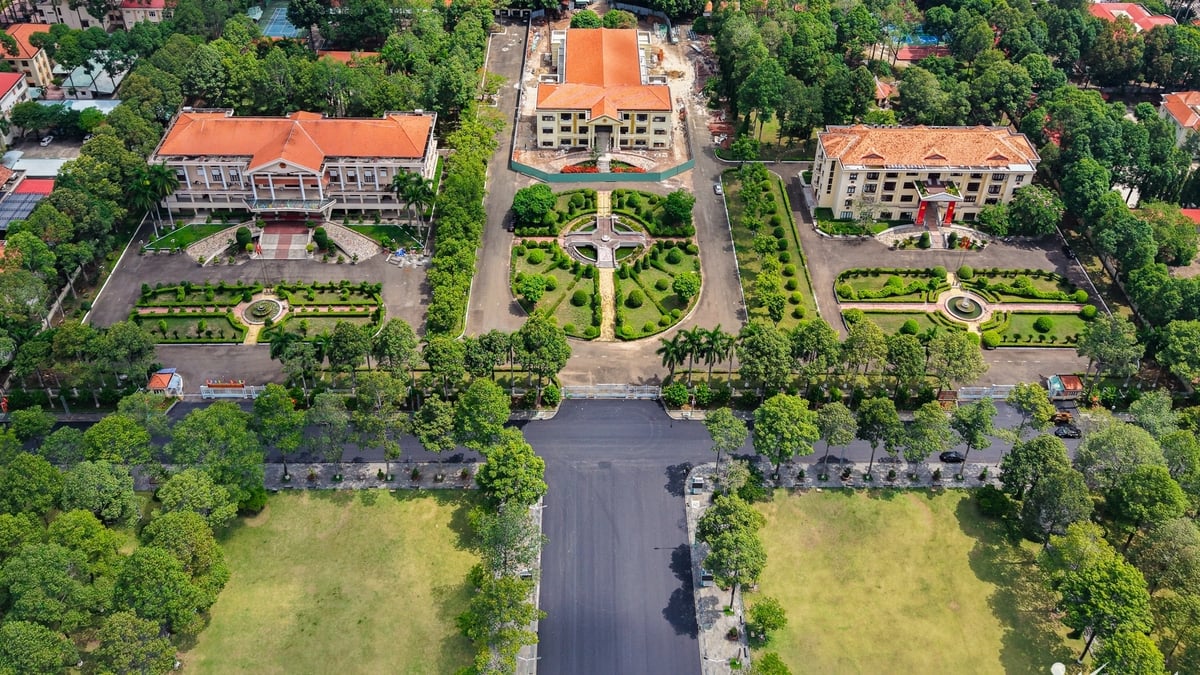
![[Photo] Prime Ministers of Vietnam and Thailand visit the Exhibition of traditional handicraft products](https://vphoto.vietnam.vn/thumb/1200x675/vietnam/resource/IMAGE/2025/5/15/6cfcd1c23b3e4a238b7fcf93c91a65dd)

![[Photo] National Assembly Chairman Tran Thanh Man meets with Thai Prime Minister Paetongtarn Shinawatra](https://vphoto.vietnam.vn/thumb/1200x675/vietnam/resource/IMAGE/2025/5/15/e71160b1572a457395f2816d84a18b45)

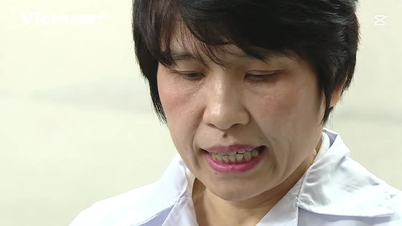
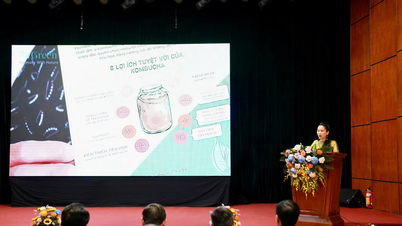

![[Video] Solutions to support businesses in digital transformation on the Business Portal](https://vphoto.vietnam.vn/thumb/402x226/vietnam/resource/IMAGE/2025/5/15/fee29cfb3a534b4e95037e0b2a4391a6)
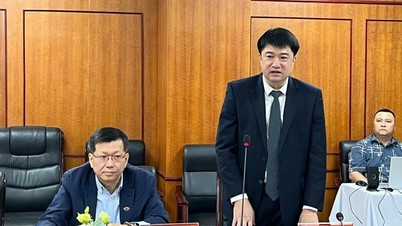
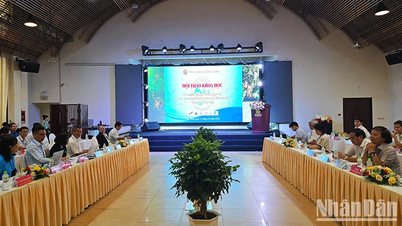






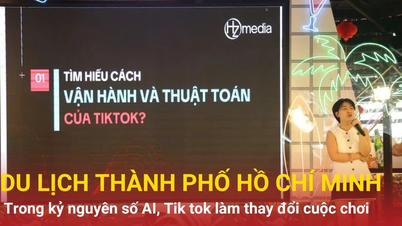

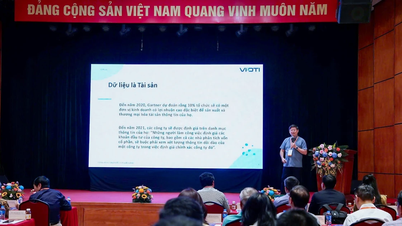
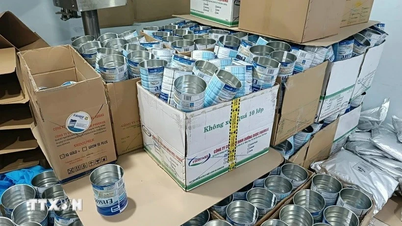
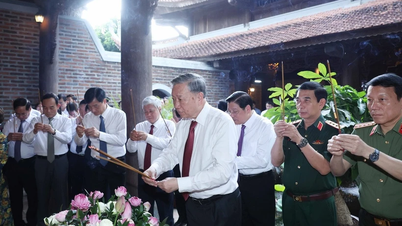
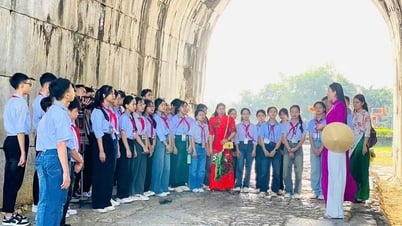










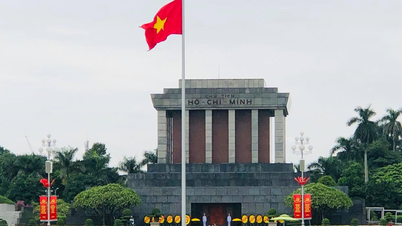

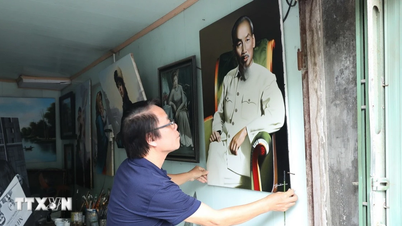






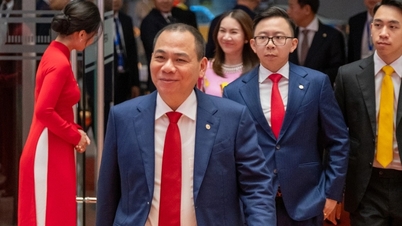







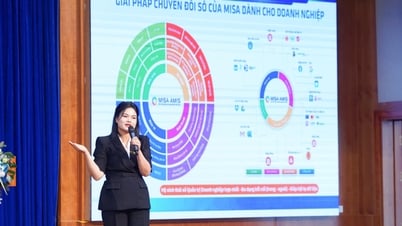


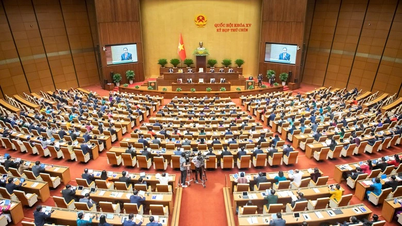

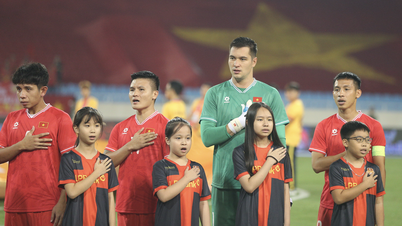
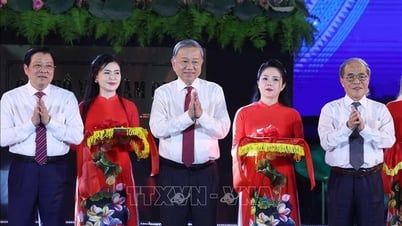





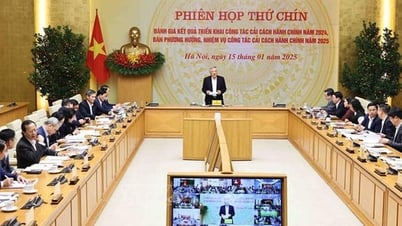

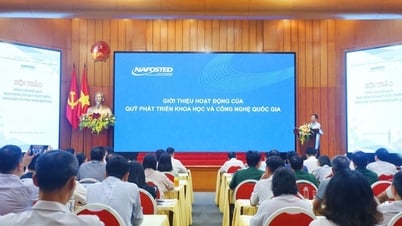

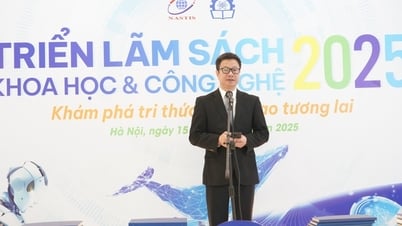




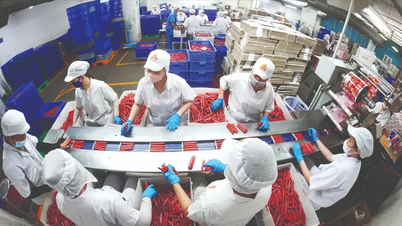





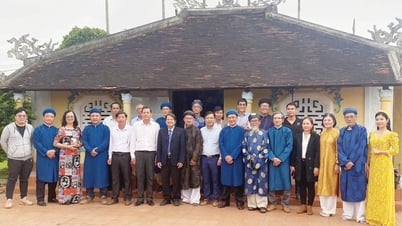




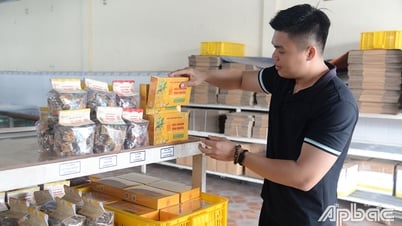

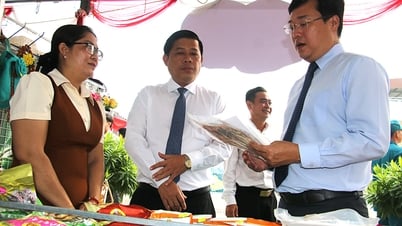
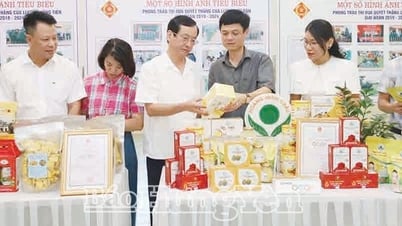

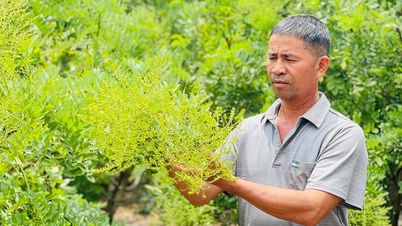
Comment (0)